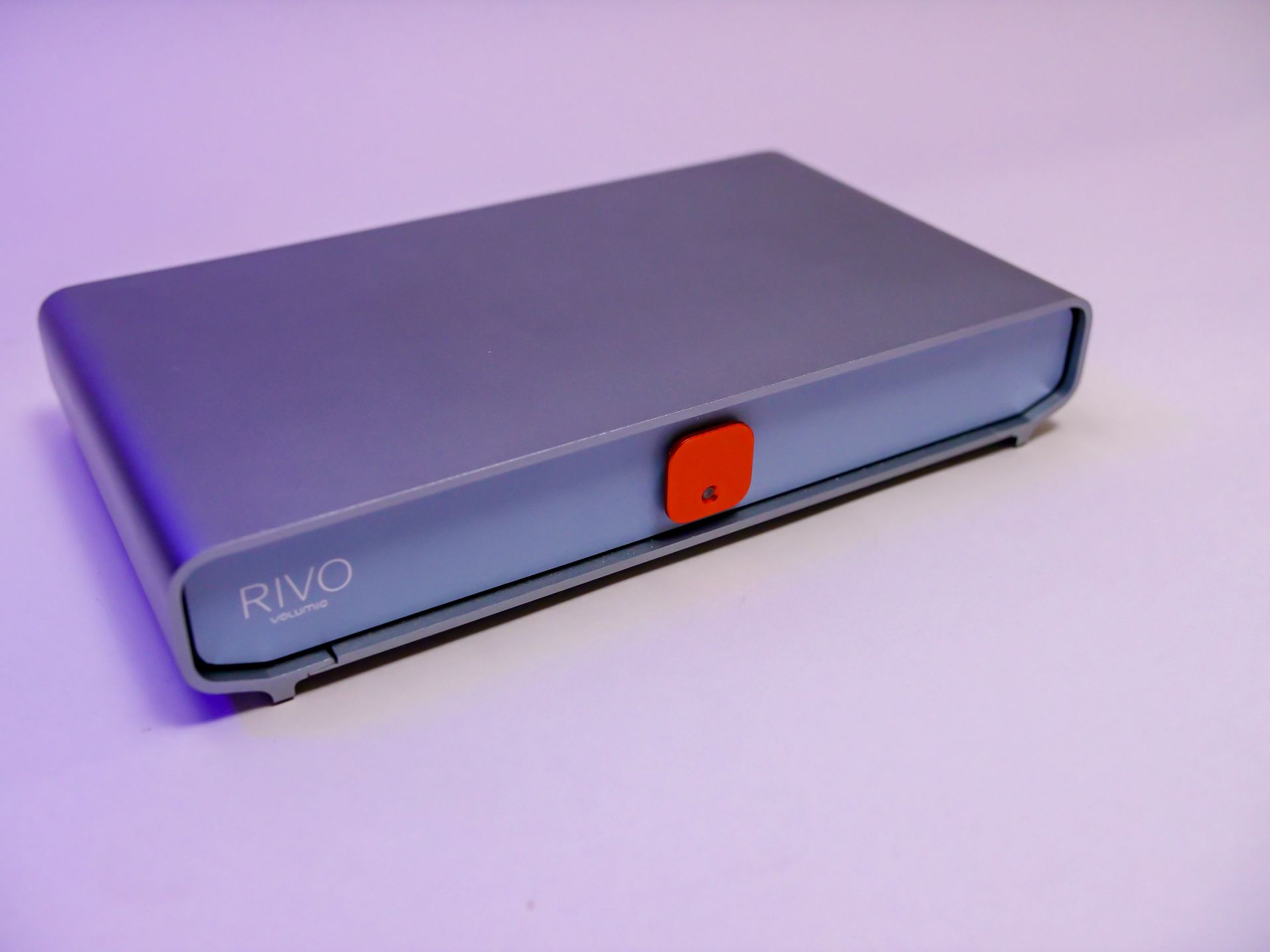

AES
Contents
We return to the supplied power supply to the Rivo. Sometimes few words are needed: the AES connection gives a much better result than the USB connection with the standard power supply. There is more balance in the sound, there is more weight, depth and detail in the sound. Piano sounds richer, sounding more like when you are in the same room where someone is playing. The AES connection is preferable over the USB connection.
Rivo over AES with included power supply versus Ambre
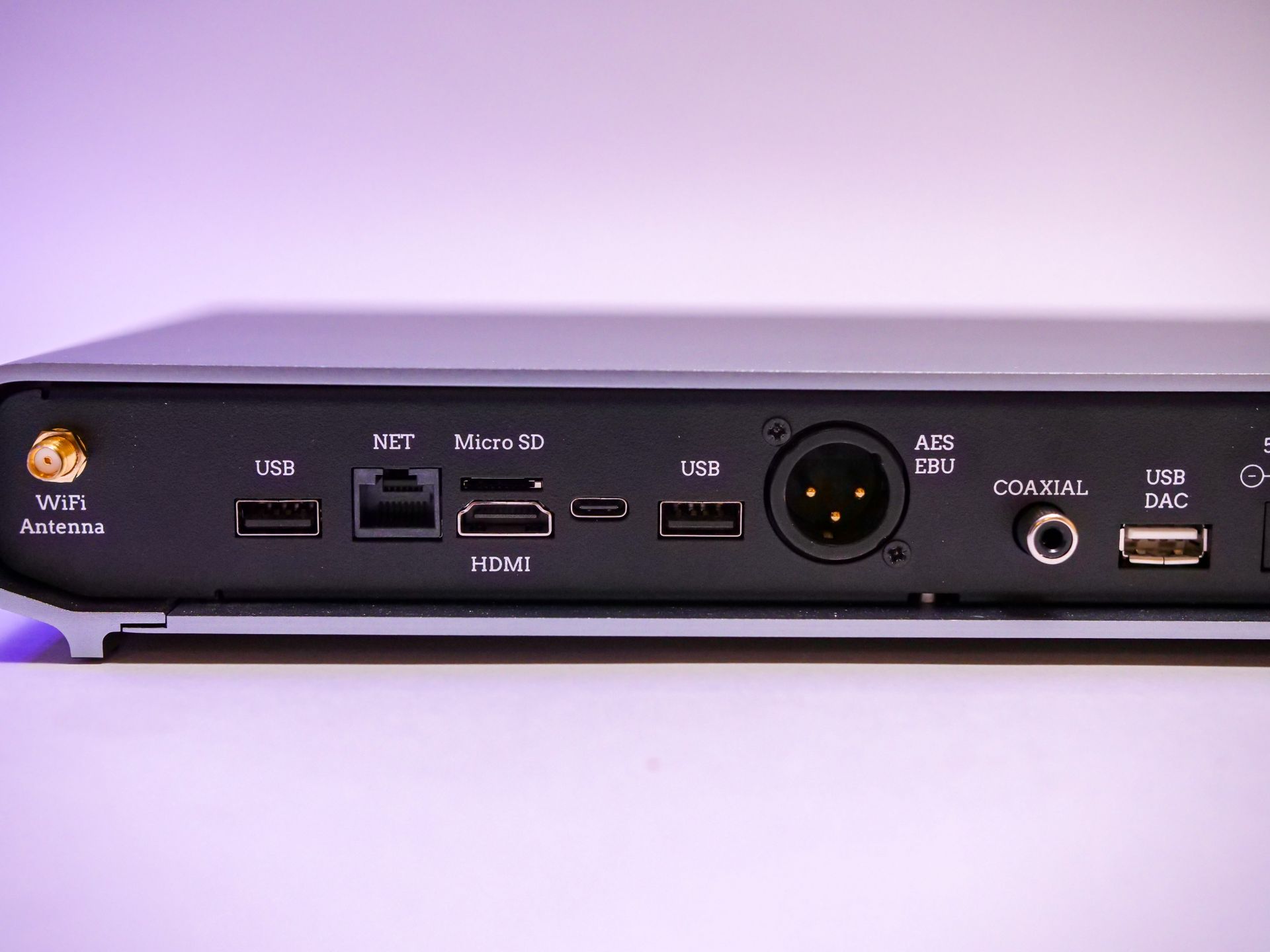
The Rivo over AES, with the included power supply, clearly gives a better result than the Ambre in all areas, where with the USB we were still counting pluses and minuses. It is a very different soundstage than listening to the Ambre, which sounds more intimate and warm. The Rivo plays with a larger stereo image and has much more sound in the instruments. It is a much more mature sound.
Keep in mind that there are quite a few years between the Ambre and Rivo, where developments in digital audio playback in consumer devices have progressed by leaps and bounds.
Rivo with Dodo power supply AES versus USB
The difference between USB and AES on the Rivo and Dodo combination, is that with AES the sound is more textured, the soundstage grows in depth and the sound is slightly forward. Rain Tree Crow has infinite aftertone, a stereo image where you are completely entrenched in the sound and there is really nothing to comment on. With USB, it occasionally tended towards analytical, but this is completely gone with the AES connection, it sounds organic. The absolute gap is subtle, but it makes a big difference to the listening experience: it is hard to turn the music off.
This is where an important caveat must be made, though: the DAC is all-important to the result. The streamer’s only job is to relay the signal while eliminating any blemish which can cause some form of jitter. In the case of the Pasithea, this is obviously the AES input. With another DAC, the USB connection may be superior.





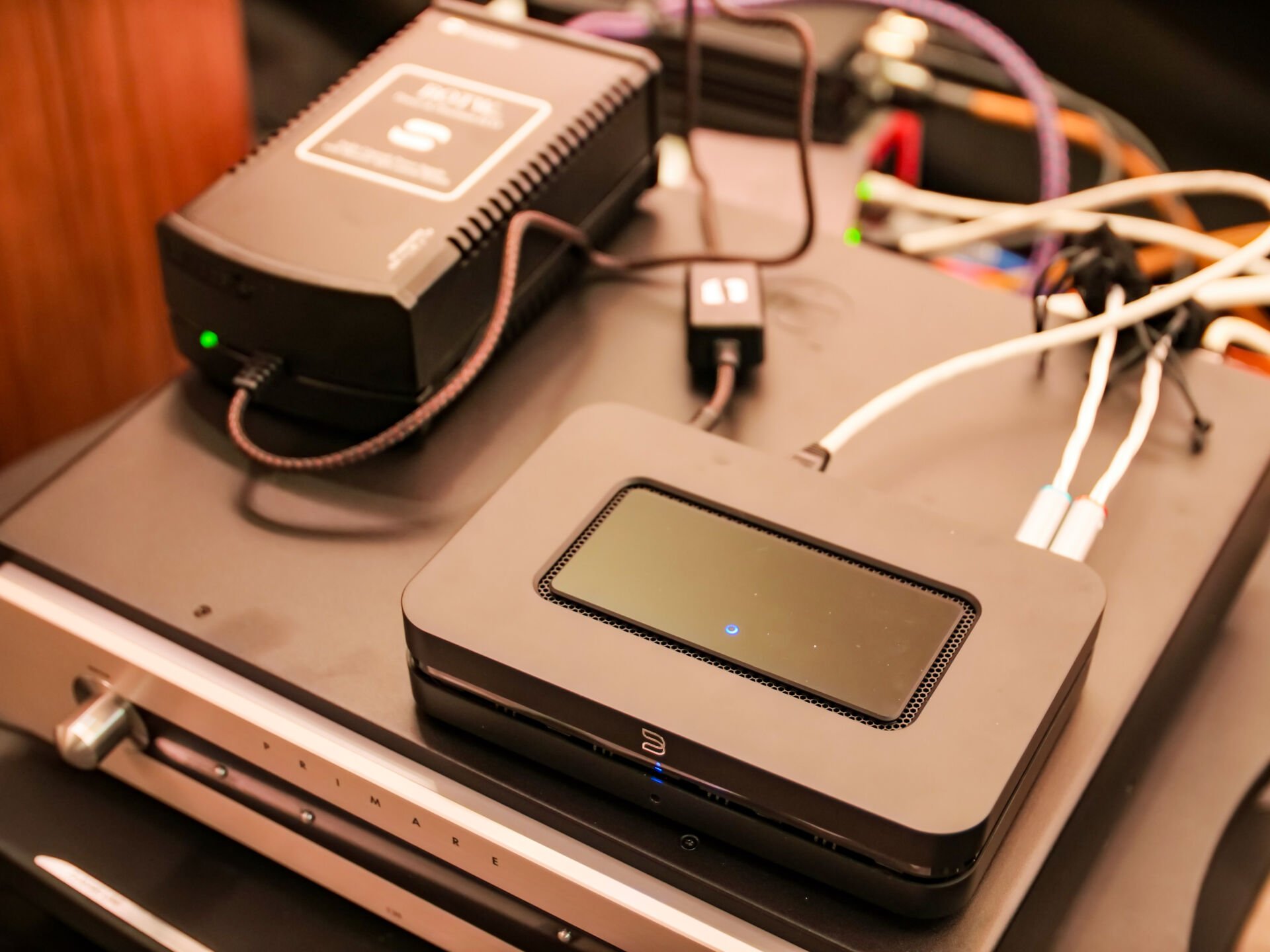
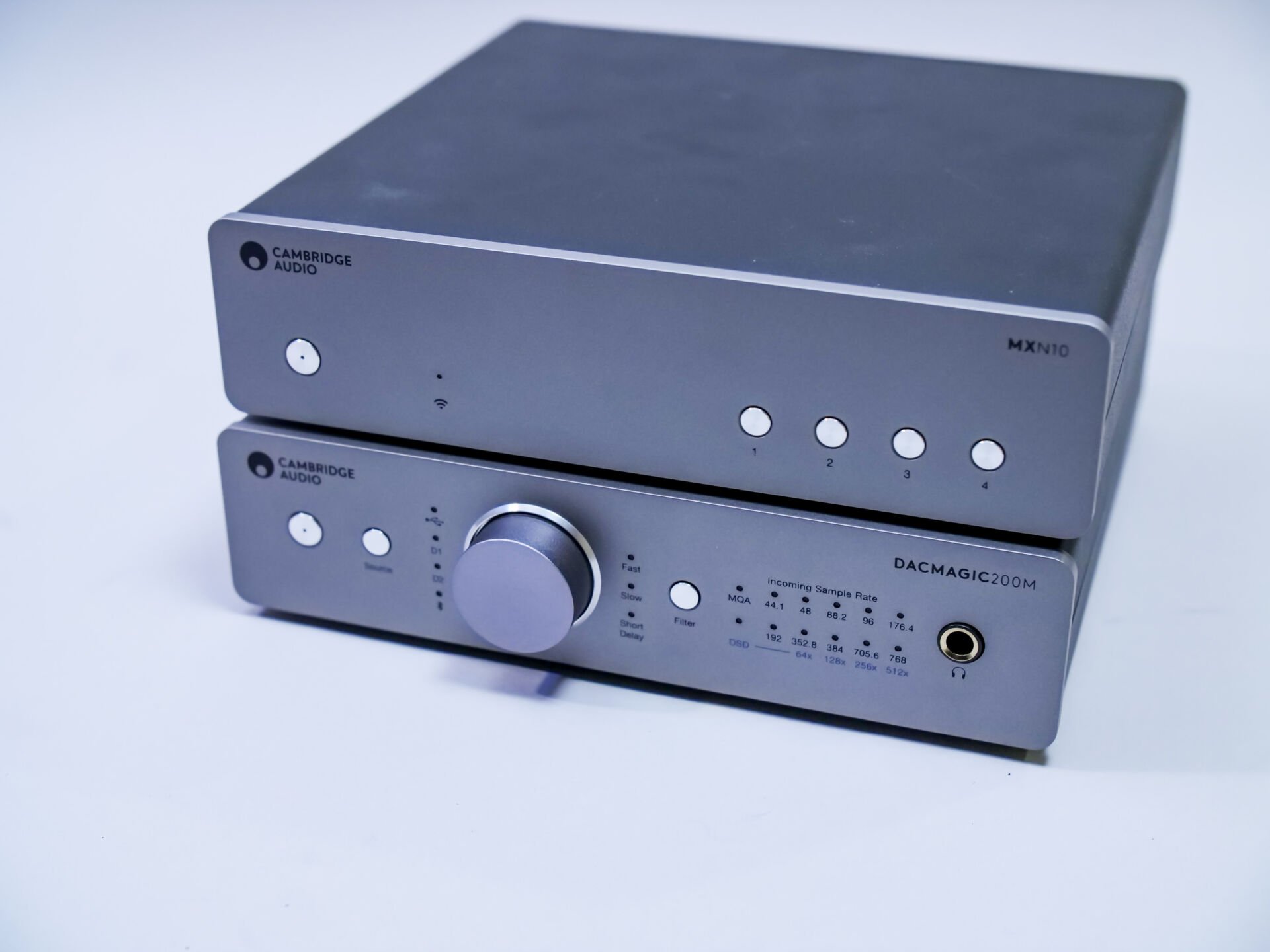
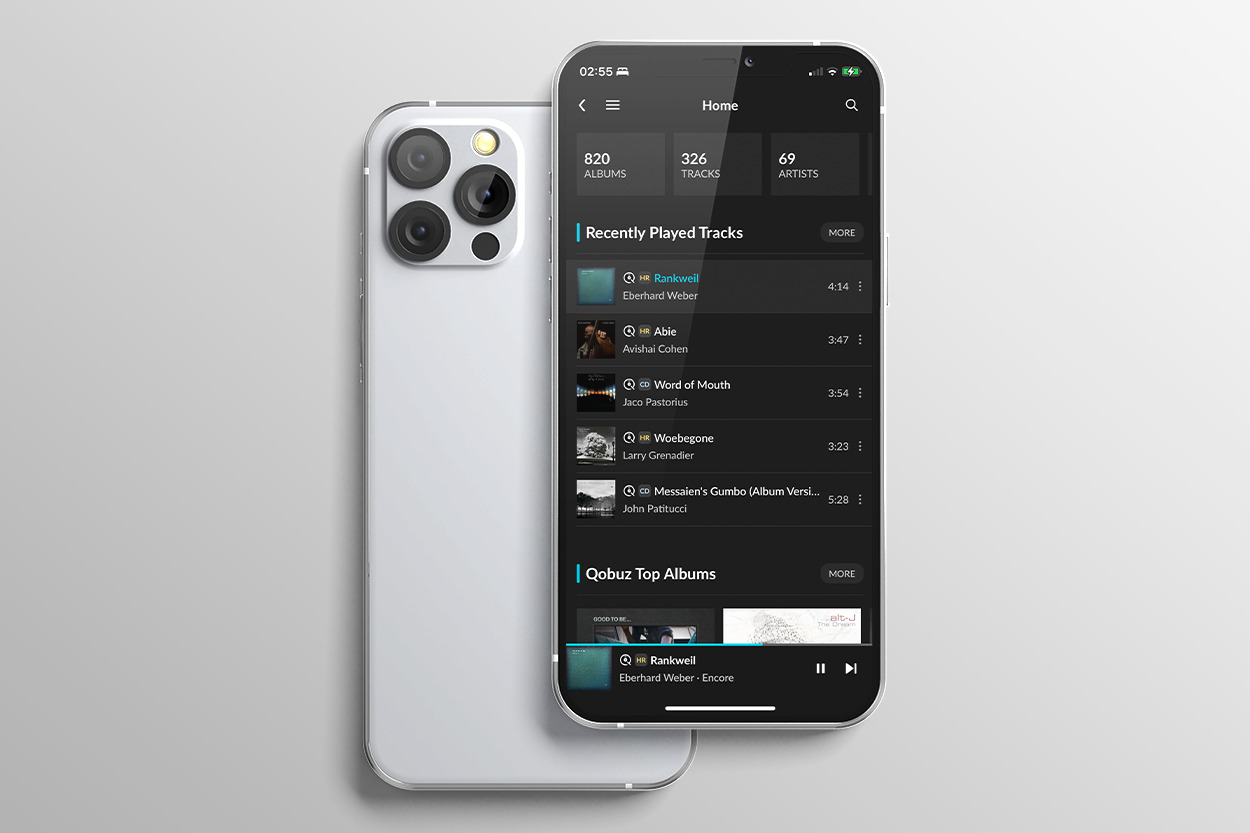
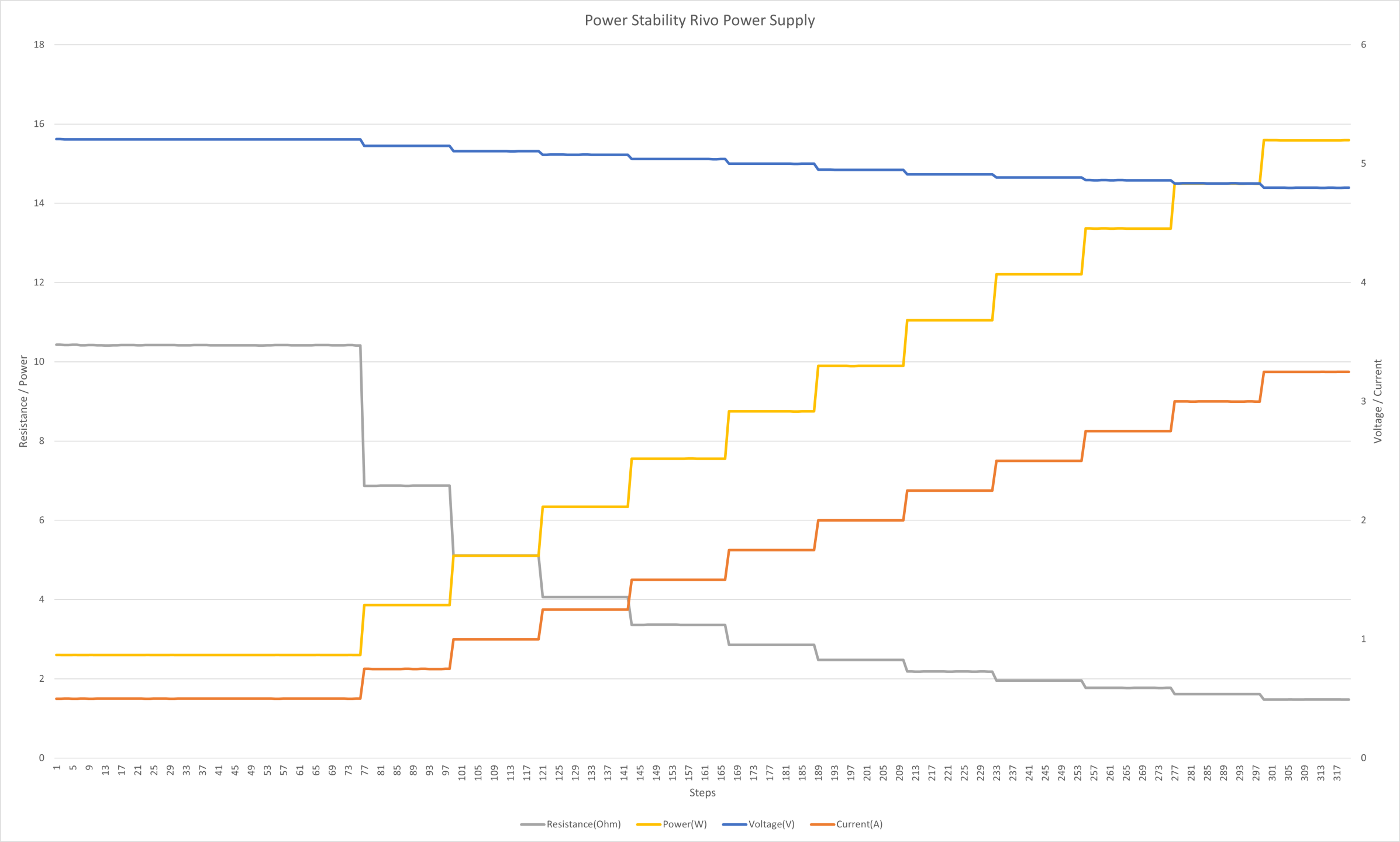



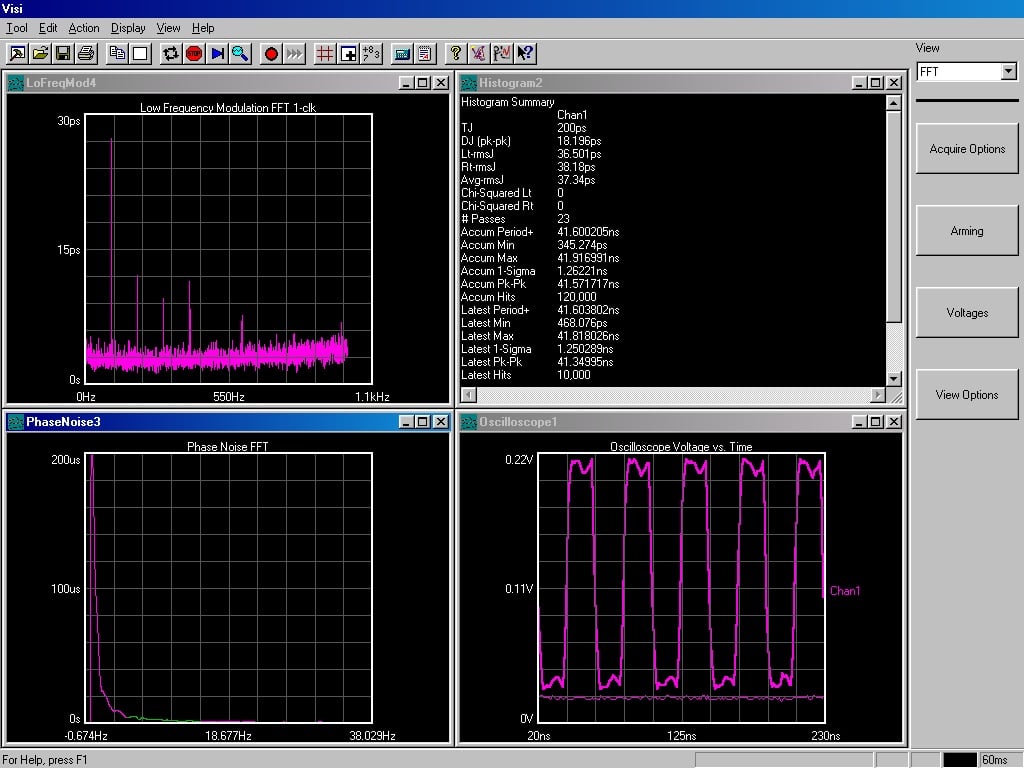

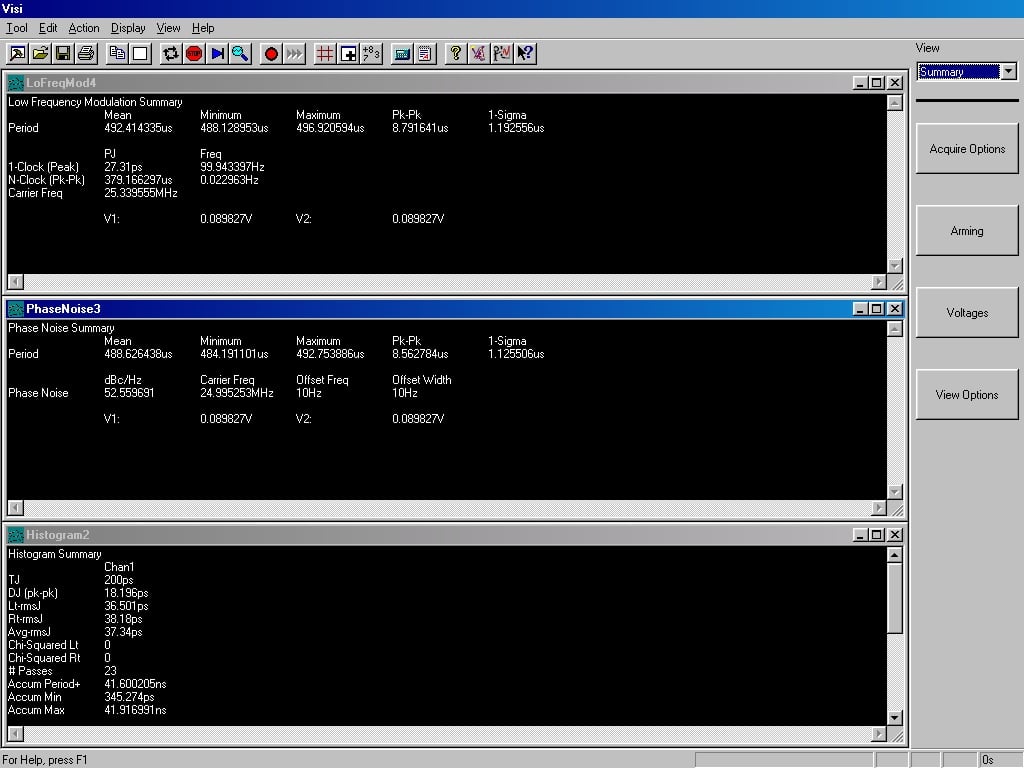

Martijn,
Thank you for your exceptional and comprehensive review. I’m still considering the Rivo in this configuration over an Eversolo. Especially since I’m currently using Volumio for my current streamer. Not to mention would rather continue using a dedicated streamer for an upgrade.
Semi unrelated, but wanted to ask if adding the switch made a considerable difference? I’m currently using an extender in client mode with Ethernet cable through a some DX engineering Ethernet filters then into my Okto dac 8 stereo. Was also wondering if a D-link DGS 105 would still offer a similar benefit. Thank you, and Happy Holidays 🙏🏼
Martijn,
Thank you for those exceptional and comprehensive review I’m still considering the Rivo in this configuration an Eversolo. Especially since I’m currently using Volumio for my current streamer. Not to mention would rather continue using a dedicated streamer for an upgrade.
Semi unrelated, but wanted to ask if adding the switch made a considerable difference? I’m currently using an extender in client mode with Ethernet cable through a some DX engineering Ethernet filters then into my Okto dac 8 stereo. Was also wondering if a D-link DGS 105 would still offer a similar benefit. Thank you, and Happy Holidays 🙏🏼
Hello John. I don’t know the DX Engineering ethernet filters and what they do to the sound, but the DLink switch, with a lineair power supply that power both the Rivo and the DLink, plays as good or better as much more expensive solutions.
AES out into your DAC and you are set.
The Rivo used with the DAC of the Rotel DT-6000 would you use with USB or would you use a converter to go over AES as the Rotel doesn’t have AES?
If your Rotel has an USB slot, but not an AES connection, then USB is the connection you need to use. I wouldn’t recommend a converter, USB and AES are close in quality.
I notice that the Rivo specifies 5V/3A but that you’ve since used the Dodo Pura on it which is 5v/2.5A. Can you say what the actual operating current needs are for the Rivo? Thank you.
About 0.5A, but you need those 2.5A for the bootup.
Which is just peak requirements, right? So an LPSU that can handle only momentary peaks of 2.5A would not be a limiting factor on operation or performance? I’ve an LPSU that should handle 3A nicely but if it ends up not performing well with the Rivo, I’m eyeing a couple lesser powered alternatives.
Hello Bruce. It is very simple:
If the power supply cannot deliver enough current, the Rivo just shuts down.
If the sonic result is questionable (compared to its stock supply, delivered in the box with the Rivo), then the power supply isn’t of good quality.
I can run the Rivo or Primo without problem with an iFi iPower2, which is rated at 2.5A peak output.
Furthermore: as mentioned in the review, the SPDIF output isn’t up to par with the AES or USB output, so be sure you use one of those.
Yes, much thanks.
The Primo with a Dodo power supply or the stock Rivo with your favorite dac (in the same total price range), which one would your pick? (Ignoring the fact that the Rivo/Dac combo can be made to sound even better)
You buy the Primo if you want to have a streamer with DAC and want to use its analogue outputs. You buy the Rivo if you have a DAC with AES or USB connection. These are two different use cases in two different price brackets, so any comparison is kind of futile.
But if the budget is the hard limit, I’d pick the Primo with Dodo. Why? Because for the price of 1800 Euro’s you probably won’t find a 800 Euro DAC that sounds as good as that combination.
Thanks Martijn, much appreciated.
Thinking about this I guess the Primo and the Dodo makes an even better deal if you also drive your switch with the Dodo, right?
Absolutely.
The Rivo should be considered if you already own a good DAC with USB or AES connection, or when you are planning to buy a DAC with one of those connections which is above the 1000 Euro limit.
I’m planning to do a comparison with exactly this set-up and use the SMSL DAC we had in our recent livestream, because I like to validate this.
Hoe goed de review ook geschreven is, het blijkt moeilijk om in te schatten of de streamer een meerwaarde betekent tov, in mijn geval, de interne streamer in mijn Bryston BDA3.14 DAC. In feite is dat een Raspberry PI (Pi=3,14). DAC en streamer zijn intern via I2S verbonden door de fabrikant zelf uiteraard. Die kent zijn product door en door. Zuiver obv de prijs is de Rivo gelijk of iets beter dan de Pi, hang je er een aparte voeding aan, dan zou hij beter moeten zijn.
Bovendien hangt de Bryston aan een Audes ST1500DC, waardoor de kwaliteit ook weer (positief) wordt beïnvloed.
Het is mij nog nooit gelukt om op basis van een review te voorspellen hoe het bij mij thuis klinkt. Dat zal je toch zelf naast elkaar moeten horen. 🙂